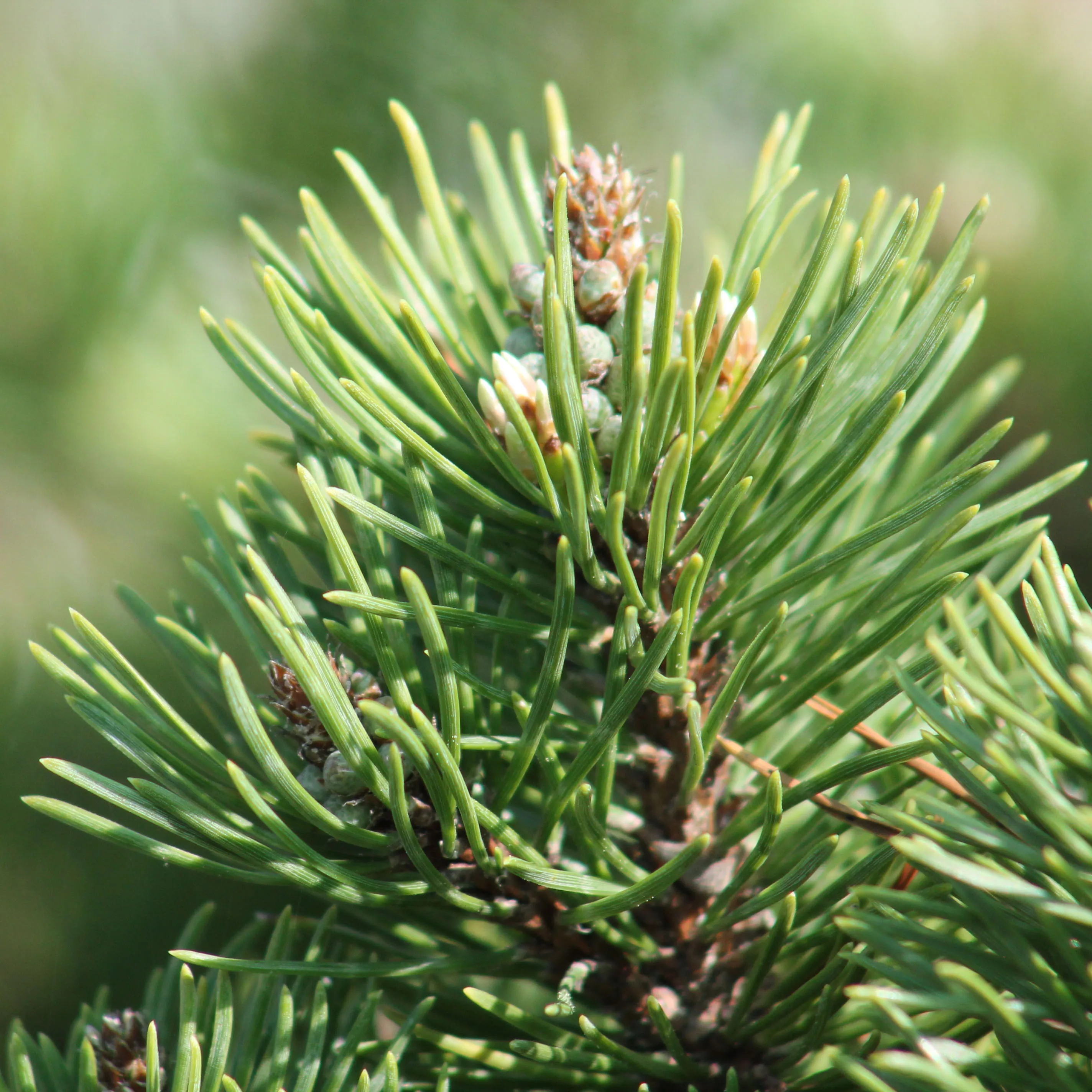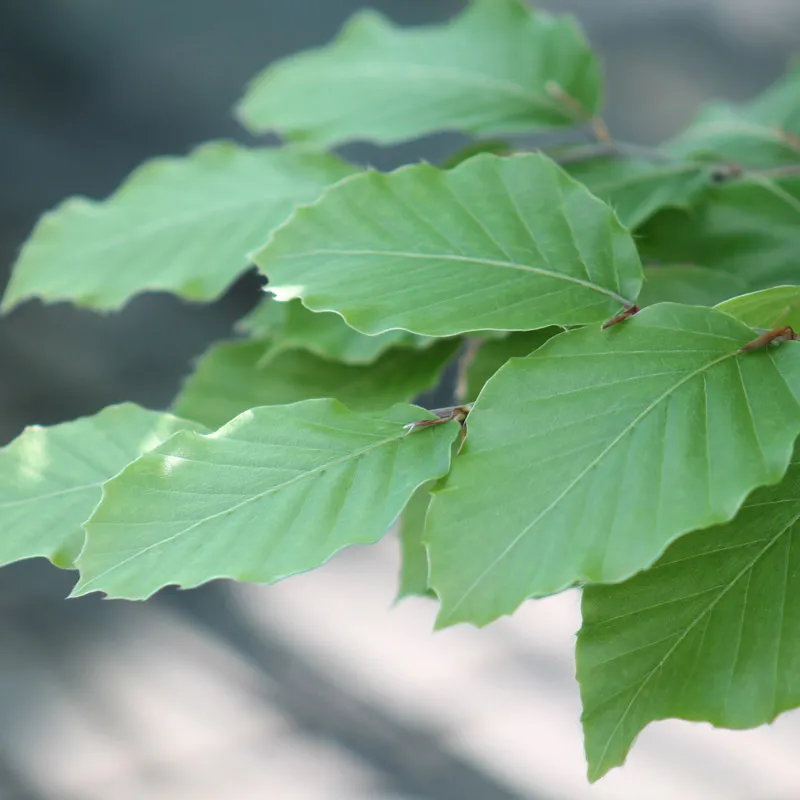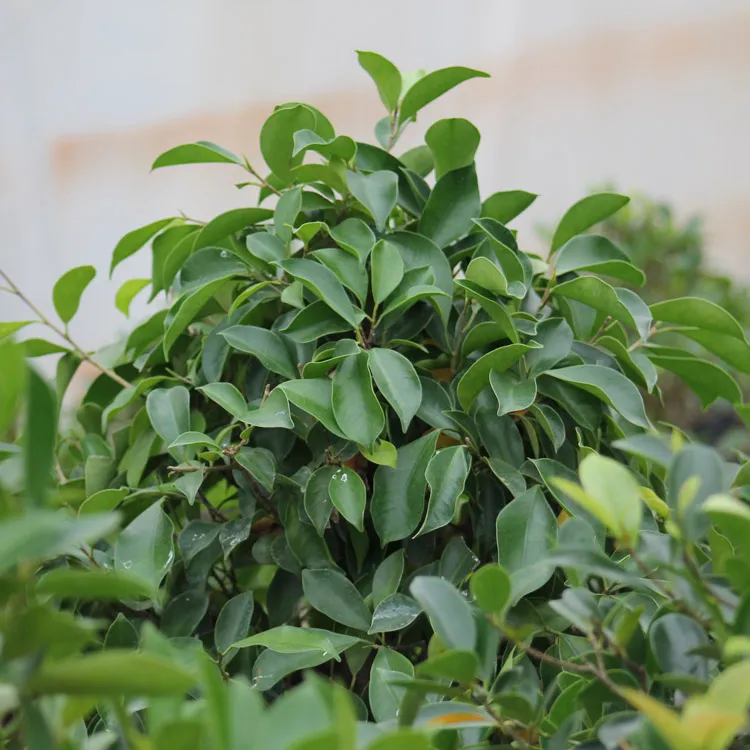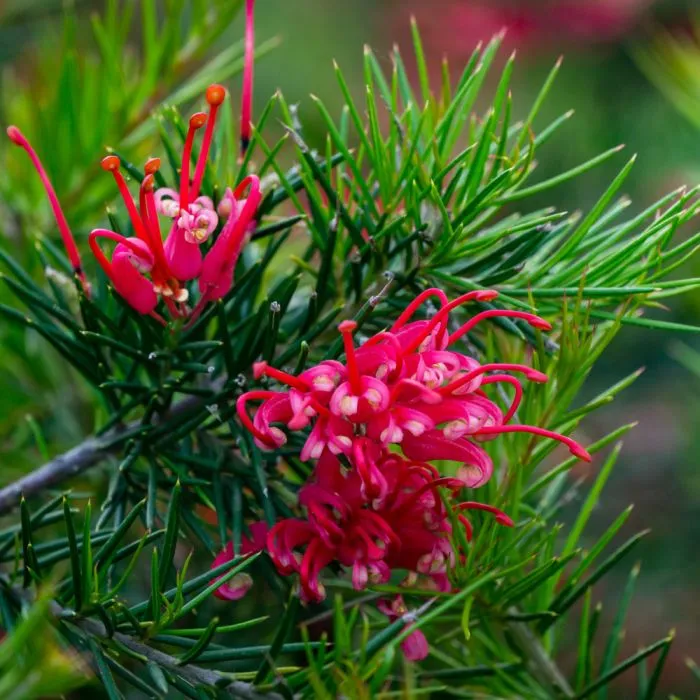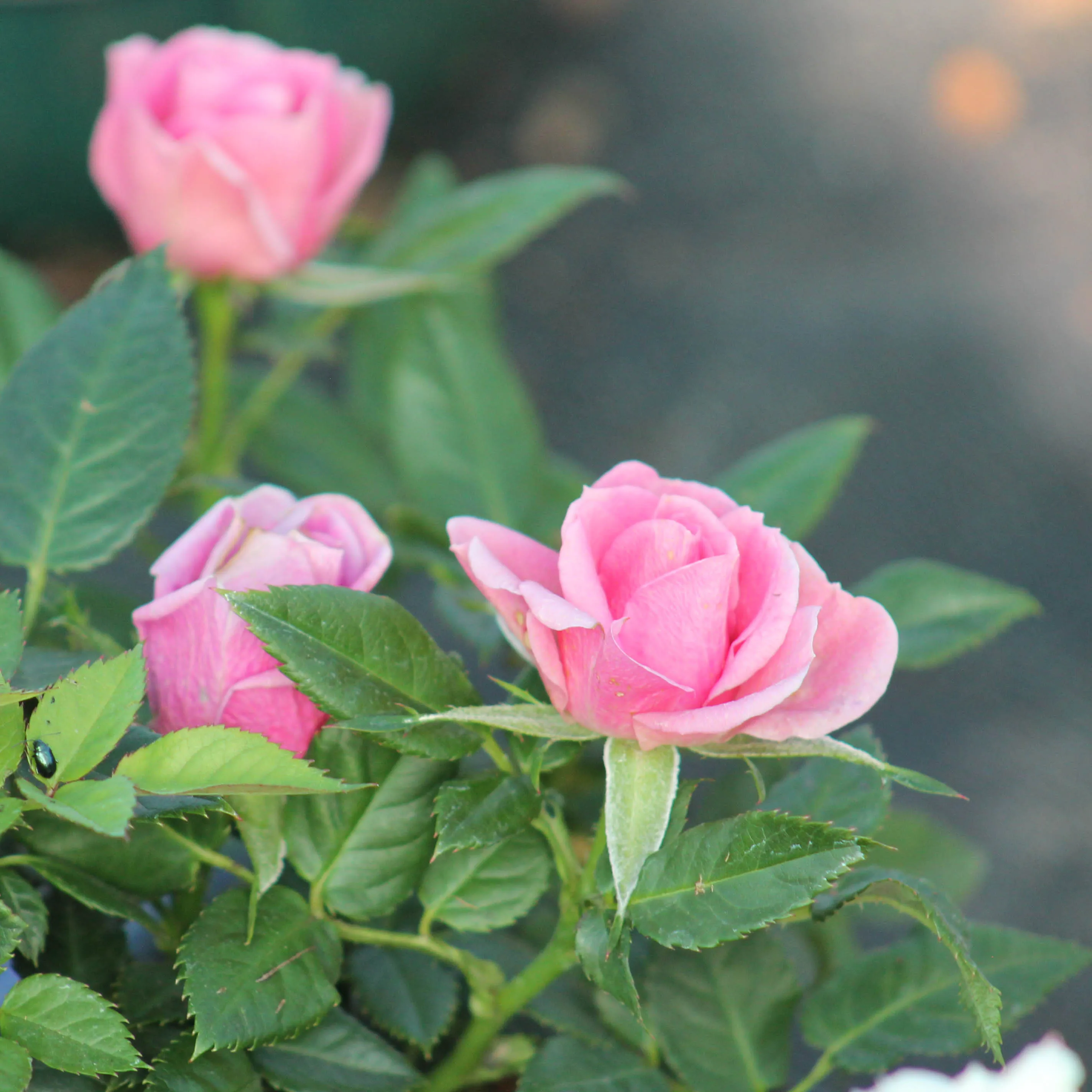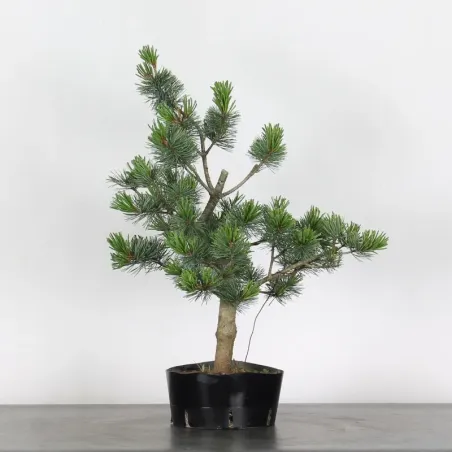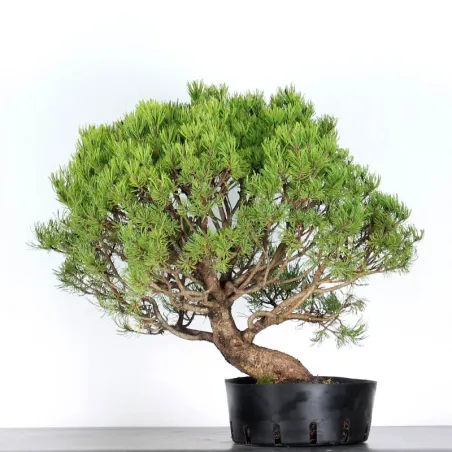More information:
All our bonsai are unique. That's why they're referenced by numbers. These do not indicate the age of the tree. If you would like to know more about it, please do not hesitate to contact us. We will be happy to let you know its approximate age.
We ship bonsai throughout France and neighbouring countries that are part of the EU.
We take care to pack each bonsai in custom-made wooden crates or reinforced cartons . The tree is well protected and tied to prevent any risk of breakage.
Depending on the size and weight of your bonsai, shipping is carried out by specialized carriers: DPD (under 30kg) or GEODIS (+30kg).
Our priority is that the delivery of your bonsai goes smoothly. For this reason, shipments are rarely made on weekends and never during heat waves, to prevent your bonsai from transacting for too long. We also regularly check and verify the tracking of your packages.
Do not hesitate to consult our delivery page to learn more about our methods.
Click ----> Bonsai Delivery France and EU - Galinou Bonsai Nursery
The + of our bonsai nursery
The bonsai tree you see in the picture is really the one you are going to receive. To find out the dimension, refer to the scale on the side. Each product is unique and we take care to take photos that give you the most accurate preview possible of what you will receive.
All bonsai are produced in our large nursery in Lot-et-Garonne. They are therefore perfectly adapted to the climate of France, which is not always the case with Japanese imports.
We have more than 1000 bonsai for sale at the nursery and tens of thousands under cultivation and work. This site is only a meagre representation of our production, but it is impossible for us to put all our stock online. So if you're passing by, don't hesitate to visit us!


 Production of French Bonsai
Production of French Bonsai












